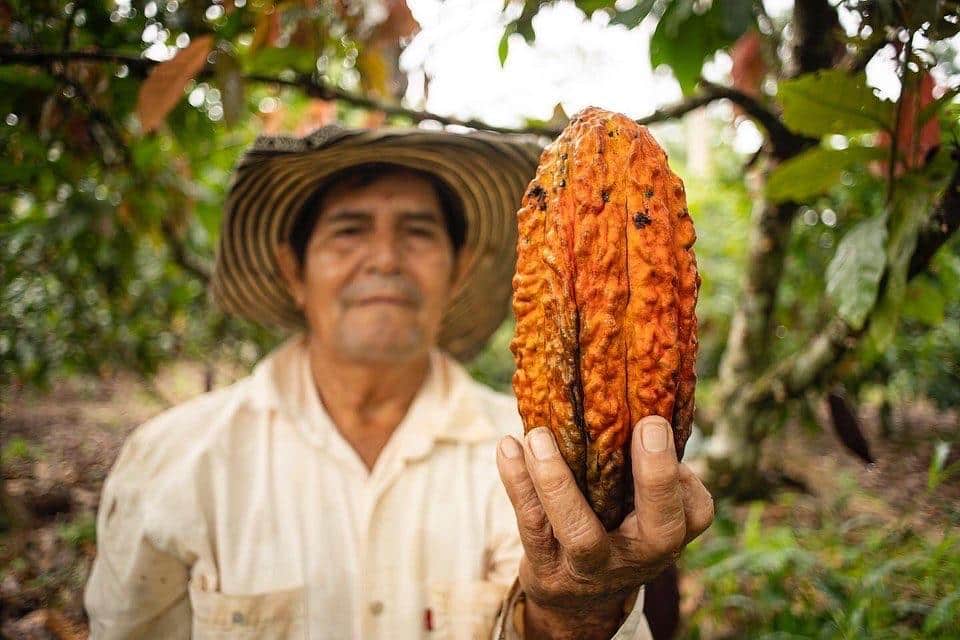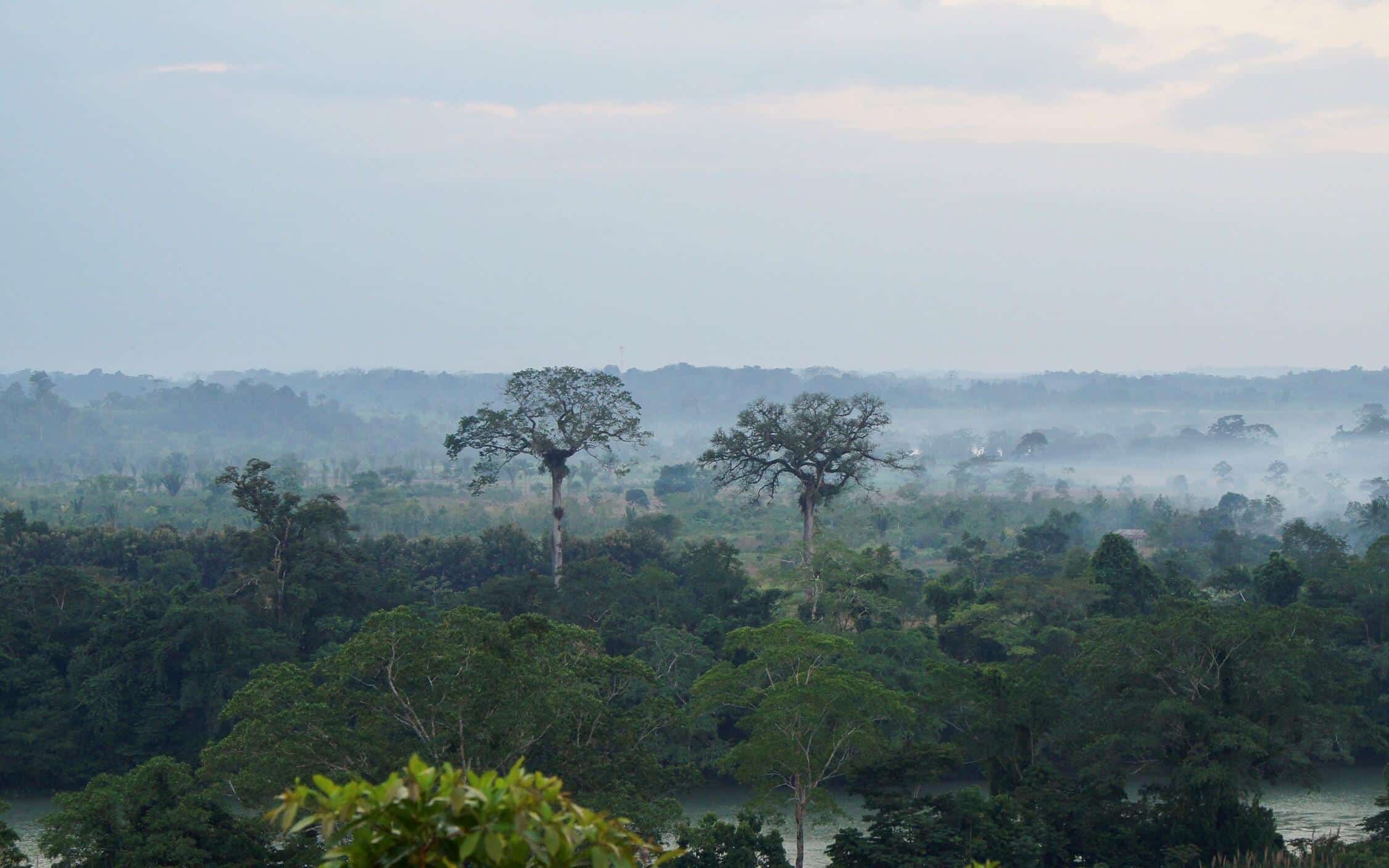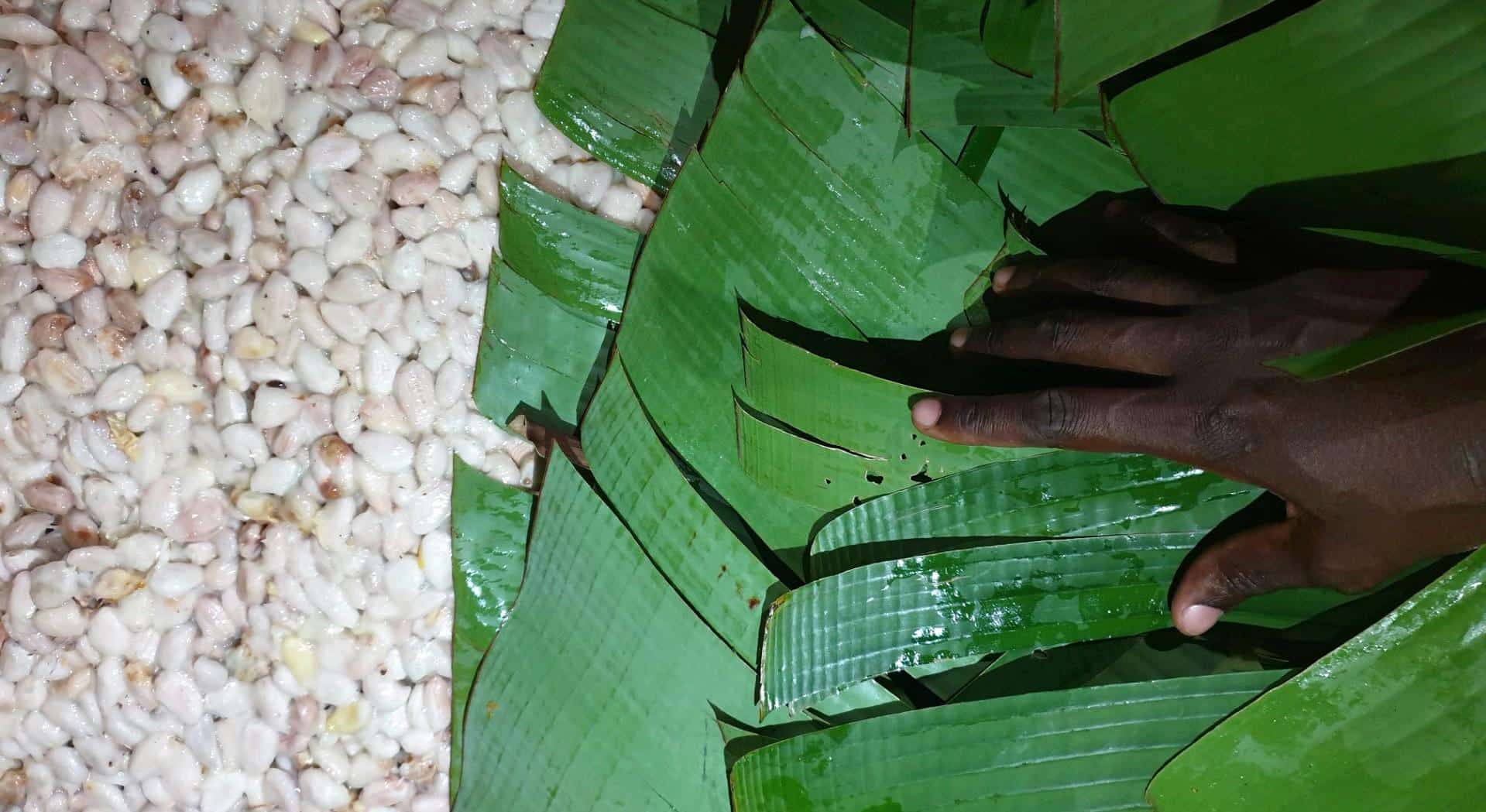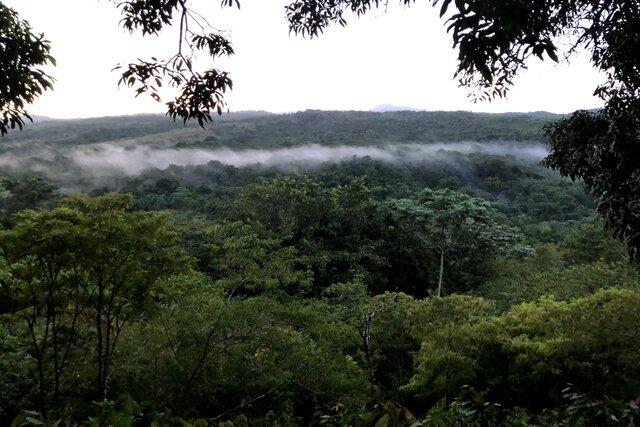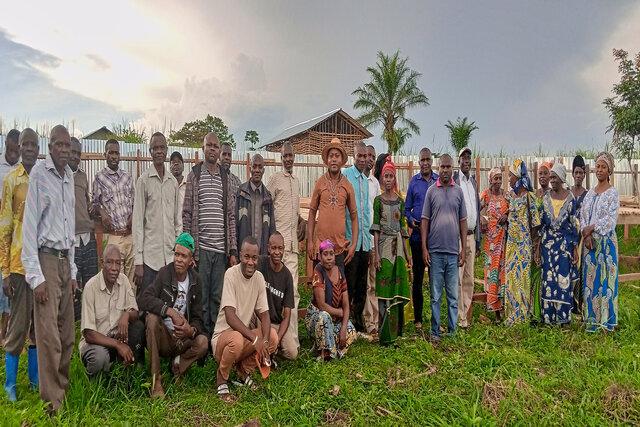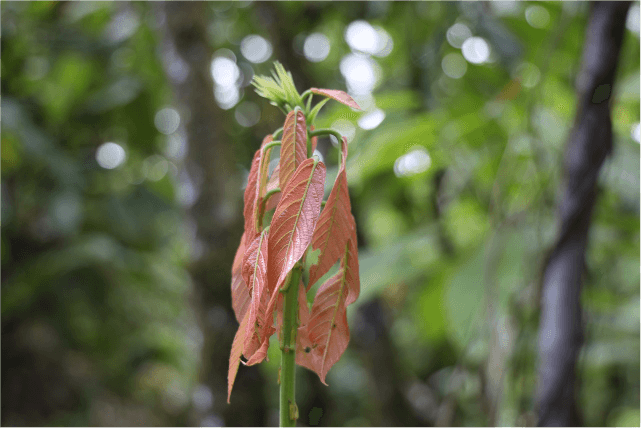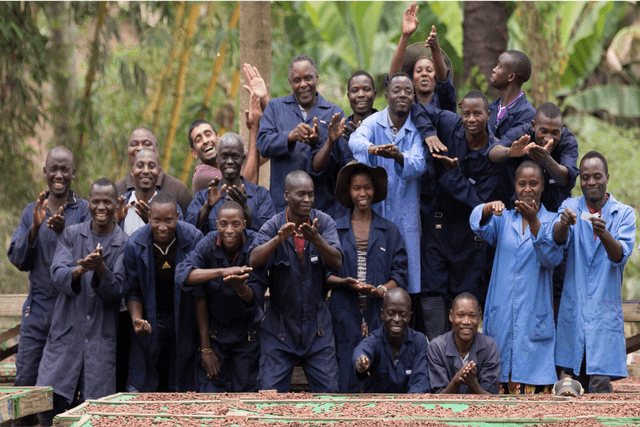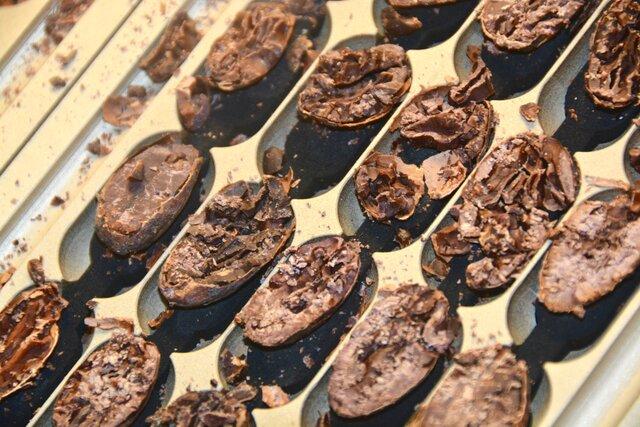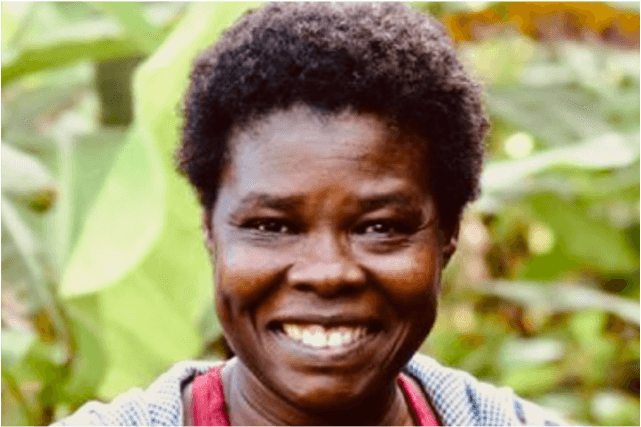Communicating the sustainability of craft chocolate in a sustainable way
There is an opportunity for the craft to differentiate on sustainable topics, but it requires work and a genuine interest in every single action you take. Credibility is key in your communication, and craft cacao can differentiate on sustainability efforts with transparant, relevant and hones communication
The Notion of Centralized versus Decentralized Fermentation
As Albert Einstein once said, “Assumptions are made and most assumptions are wrong.” In the world of cocoa, there is the long-standing assumption that decentralized fermentation can never produce high-quality cocoa. In this newsletter, we want to challenge this assumption and show that there is no unambiguous relationship between central fermentation - good cocoa and decentralized fermentation - bad cocoa.
Happy Holiday Greetings from the Dominican Republic
As Silva team we are sending our warmest Christmas wishes your way. We hope your home will be filled with happiness. Because we want to thank you for the great partnership, lovely encounters, and delicious chocolate, we get one step ahead of Santa Claus and give you a little something already: a tree in the Dominican Republic!
Congo Ituri – Specialty Cacao as a Catalyst for Change
Despite perfect climatic conditions and abundant fertile soils, cacao arrived relatively late in Congo DRC. The first trees were planted in the late 19th century, when Congo was a colony of Belgian's King Leopold II. Commercial cacao plantations sprung up along the Congo River in western Congo in the 1920-30s. After independence in 1960 the cacao industry slowly disappeared, only to make a comeback some twenty years ago. Today, the centre of the cacao industry moved from west to east Congo, especially Kivu and Ituri. This used to be a coffee growing area, but in the late 1990s the coffee plants were affected by a serious disease, and farmers started to look for an alternative. And in came cacao! Silva Cacao, together with a team of specialists, helped to develop specialty cacao in the Ituri Province. Each cacao quality has a unique flavour profile, and a great story about improving the livelihood of smallholder farmers, conservation and protection of forests and wildlife, and increasing safety through mobile banking.
Humidity in Cacao Supply Chain: A Balancing Act (Part 2)
If you are interested to read more about our cacao origins (of course, all have perfect humidity), read on!
Humidity in Cacao Supply Chain: A Balancing Act (Part 1)
If you are interested to read more about our cacao origins (of course, all have perfect humidity), read on!
PLANTATION CACAO – SOCIAL ENTERPRISE – CACAO COOPERATIVE
When sourcing cacao, it is interesting to know who is involved in the production, as it tells you more about the impact you are making on the field. At Silva we select our cacao suppliers because they bring something extra: Flavour, Farmer, Forest and the Future.
Making The Cut: Testing Cacao Beans’ Health and Fermentation
You might have seen pictures like the one above. Cut tests are quite photogenic. However, good looks are not the prime reason this test is performed. It is an important tool to identify problems in an early stage, assess the level of fermentation and evaluate beans. One of the most interesting difference between cacao purchaser for bulk industry and specialty cacao purchasers is that they use cut tests in completely different ways.
The Wonderful Story of How a Woman Put Togolese Cacao on the World Map
Unlike its neighbors Ivory Coast and Ghana, Togo is not known for its cacao. Nor is it recognized as a producer of first class, fine flavor, specialty cacao. However, this situation is changing. Along with coffee, cacao is Togo's third export product and an important source of income for the country. But it takes the energy and inspiration of individuals like Abra Benczedi to bring it all together and create a community. Read here her extraordinary life story.

